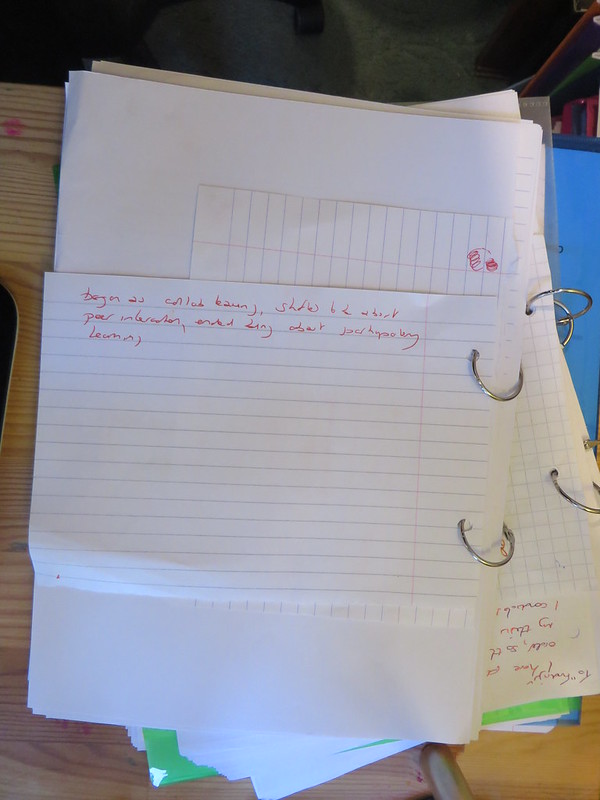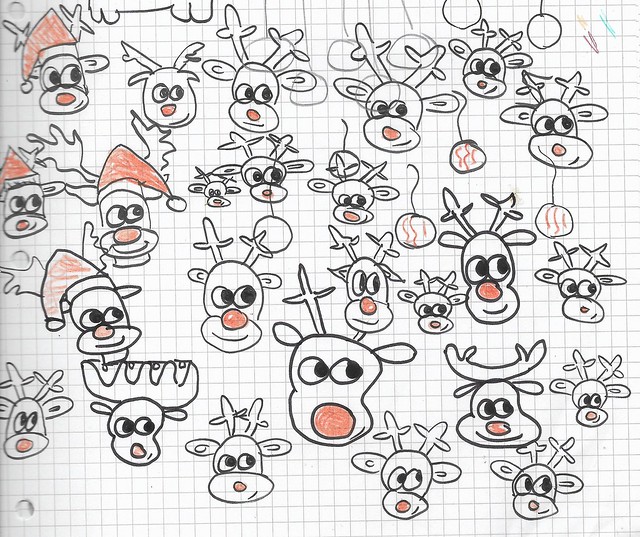Pat Lockley (of the pedagogical and technical outfitters Pgogy Webstuff) and I did a thing last week: HeyPressto, a WordPress and ClassicPress conference which happened only on Twitter. That’s right, a conference on Twitter: presentations were a series of 15 Tweets, one per minute with the conference hashtag, in a scheduled time slot. Adding images, gifs or links to the tweets allows presenters to go into a bit more depth than Twitter’s character limit would suggest. Replies to tweets, and other forms of engagement, allow discussion to develop around the issues raised. It was also semi-synchronous–or asynchronous after the event if you like: the tweets persist, they can be revisited, engagement can be continued. One way in which the tweets persist is that Pat turned all the presentations into Twitter moments, so first thing you should do if you missed the event is to go to the schedule page and look at some of the presentations that are linked from it.

Ethos
“We want to be the best we can” was a phrase Pat used in describing our efforts.
We wanted to be inclusive. Having the conference on Twitter faciliates this through removal of financial, geographic and logistical obstacles to participation. However, we know that Twitter’s not a great place for people from many groups, and so we felt that a code of conduct was important even though we doubt who has the authority to set and enforce such a code for an open-participation conference. Our code came originally from the Open Code of Conduct from the TODOGroup, and has been through a few other communities (such as #FemEdTech and Open Scotand), so thank you to them for providing a broader basis than we could manage ourselves. We also set ourselves goals for accessibility and privacy that I hope we lived up to. I was pleased that these were noticed and commented on more than once, I think they set a standard if nothing else.
We wanted participation from all around the world, and not just in English. It was clear that we wouldn’t deserve this if the call was only in English, so it had to be translated. It wasn’t easy to chose which languages to translate into: we looked at which are the most widely spoken languages, but also tried to take into account which languages were spoken by the people furthest from justice. We were half successful. We had presentations from India, Africa, Europe and North America, but not in the proportions we would have liked and all in English. It’s hard to get out of your bubble, to do this properly we would have to start with more diversity on the organization side.
We wanted to value people’s work and the environment. We paid for what we used (translations, for example). Pat found the susty theme, which is incredibly lightweight and so easier on the carbon footprint with the bonus that it is lightning fast (a cache slowed it down). We’ll be planting some trees to offset the carbon that we did use.
Organization
This isn’t the first conference Pat has done on Twitter, he and Natalie Lafferty have run the very successful PressEd conference on WordPress in Education for three years, indeed it was my helping out a little on last years PressEd that got Pat and me talking about HeyPressto. As well as experience of all the things that need doing, Pat has a WordPress plugin for running the conference that manages lots of the submission process, communication with authors, scheduling and creations of pages for each presentation. I found myself trying to be as useful as could be around the core activities that Pat had sussed.
Starting with initial discussions in April, we chose a name (a few hours of discussion, and then Pat’s partner coming up with the right name in an instant), set up social media accounts (Twitter mostly, obvs), set up a domain (thank you Reclaim), email address, and ko-fi account. Pat’s artistic skills gave us great visuals and our mascot Hopful Bunny. We drafted the call for proposals, spent quite a while trying to work out what languages to translate it into. The call went out at the end of July.
It’s hard getting a Twitter thing going from zero to conference in a couple of months. Our networks helped—thank you friends, it wouldn’t have happened without your support, amplification and participation—but one of the things that we wanted to do was to reach beyond our own social, cultural and geographic bubbles. We got picked up by a couple of podcast channels, so you can hear us talking about HeyPressto on Radio EduTalk and the Sentree blog Thank you John and Michelle. (I think these were the first podcast / internet radio things I have been on, I’ve been pretty good at refusing them until now, and they were nothing like as stressful as I had feared). We picked up followers, and some who supported us quite actively. I want to give a special shout out to @getClassicPress because the engagement from the ClassicPress community strongly contrasted with the blanking from the big noises in the WordPress community.
Perhaps because we were going outside our own community, there were quite a few folk who didn’t seem to get what we were doing. We listened and re-doubled our efforts to explain, provide examples, respond to feedback on what was confusing. I’m proud of our efforts to fix things that weren’t clear.
The rest was smooth running. Proposals came in steadily. Presentations were scheduled. Advice given to presenters who were unfamiliar with the format. We continued to promote and made new friends who boosted our message. Time zones were a problem. Introductory Tweets were scheduled. Presentations were presented (mostly at the right time), and I think the day went really quite well.
Personal Highlights
I’ve mentioned some of my highlights in the process described above. I’ld also like to call out a few of the presenters that I personally appreciated, without prejudice to the others who also did a great job:
Jan Koch, our opening presenter, did a fine presentation but backed it up with a video version of great professionalism. Superb effort, Jan.
Frances Bell and Lorna M Campbell gave a great presentation on #FemEdTech that absolutely hit the spot on a number of problematic issues such as being equitable, accessible & inclusive in a place that can be “driven by algorithms & plagued by bots”.
Chris Aldrich whose presentation gave a name and coherence to something that I have long wanted to try, and providing enough hints on how to do it that I might yet get there.
Many presenters (too many to list , it turns out, without just reproducing the schedule page) gave really useful hints on approaches they use, or stories of their experience in implementing them, and inspiration for what I want to try next.
Speaking of what I want to try next, the ClassicPress presentations (roughly covering “why” & “how“) deserve special mention for their engagement with this baffling thing that a conference on Twitter is.
Finally, I think the most important presentation of the day was from Ronald Huereca on Mental Illness in Tech
The post HeyPressto, a conference on Twitter appeared first on Sharing and learning.





















